"A short but poignant film of a crippled girl with a toy carousel which becomes very real to her. She dreams of visiting an amusement park." PSA Journal, Nov. 1956, 45.
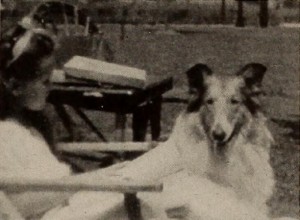
"In a relatively short period of filming, Raymond J. Berger has mastered a type of photoplay which a great many persons have expressed a desire to make, the story film featuring a child and a pet. His script, a simple and unpretentious recounting of how an invalid child wills herself to walk again, to go to the aid of her injured dog, proves an ideal vehicle for Mr. Berger's young daughter and her handsome collie, Lassie. This 8mm. Kodachrome picture, scored with re-recorded music, is noteworthy for its excellent framing and splendid closeups. Particularly engaging is the sequence, after the accident, showing the mutual recovery of the two stars. Young Miss Berger, considering the limited histrionic ability of a natural child, plays her role with grace and assurance; her crying scenes and the ingenuous frolics with Lassie are unusually credible and well performed. Mr. Berger deserves credit for his planning and fulfillment of a screen play that revolves around two such charming personalities." Movie Makers, Dec. 1946, 486.
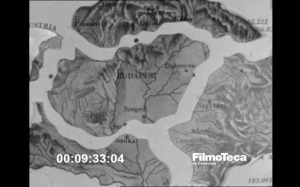
(Catalan): Viatge per Hongria, escultures, imatges del riu Danubi, el transport dels troncs d'arbre. Imatges de la vida quotidiana i el seu paisatge: cavalls, el transport en carro de la Fusta, canalla, porcs, l'extracció d'aigua d'un pou, edificis i monuments típics de Magyar i Budapest (Plaça de la Llibertat). Documental de caire pedagògic on se'ns mostra el desmembrament d'Hongria a través d'un mapa.
Pedagogical documentary of a trip through Hungary. Images of everyday life and its landscape: horses, wooden cart transport, children, pigs, the extraction of water from a well, buildings and monuments typical of Magyar and Budapest, and the Danube River. [Description from Filmoteca de Catalunya catalog].
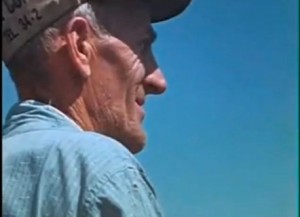
"Documentary about the process of digging for worms during low tide, washing and packaging them in rockweed, and shipping them by rail and truck. The film uses intertitles and shows the tools used for worming as well as snow scenes of the Maine Bait Company among other businesses." oldfilm.org
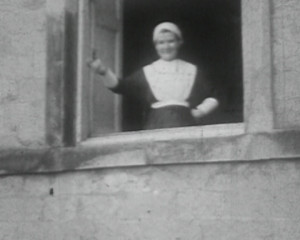
"Amateur filmmaker, cinema historian and railway engineer H.A.V. Bulleid presents this comedy of two bumbling sleuths bickering their way through an investigation. When the venerable, one-armed Dr Claudius Bombarnoc drops an important document, it is seized upon by the villainous Michel Despard. Giving chase, the doctor literally trips over the hapless duo from the Messrs Make and Break Detective Agency. Employed by the doctor, they trace the villain to the local hospital where they finally have him cornered. But can they work together long enough to capture him, or will their constant bickering hinder the investigation?" (EAFA Database).
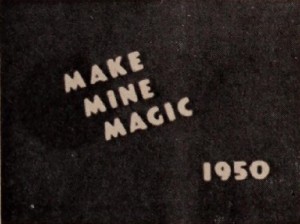
"George A. Valentine long has been one of the nation's leading 8mm movie makers, because of his knack for consistently turning out capsule movies with a punch, which have won numerous awards. In 'Make Mine Magic' Valentine has scored again with an appealing story of a lad who comes into possession of a magic wand, and thereafter brings to reality numerous wishes of his and those of his brother and sister. Valentine has a slick way of injecting humor and also a surprise last-minute gag into his movies. His 8mm color photography is consistently good and his editing and titling, as always, is skillfully done." American Cinematographer, May 1952, 222
"School children are shown how to make two kinds of simple masks using paper and paste" (Catalog of Copyright Entries, 113).
Documentary film chronicling the background and production of Dinosaur Dream (1995), which Sid Laverents made in his late-80s with assistance from his wife, Charlotte.
"Film's plot centers around the San Diego Moviemakers club and opens with a scene of the club watching a film program; A mysterious Man in Black disrupts things." UCLA Film & Television Archive.
Total Pages: 203